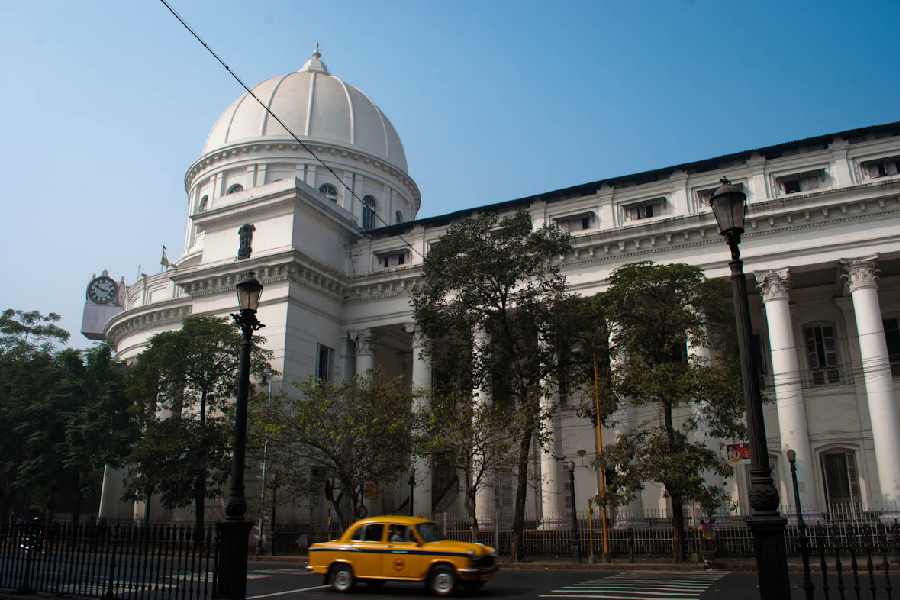The celebration of 250 years of the General Post Office in Calcutta is likely to generate curiosity among people in the cities that developed during the colonial period. Three metropolitan cities in three corners of India — Bombay, Calcutta and Madras — were developed by the British East India Company and, subsequently, by the raj. Although the pattern of development was similar in these three cities, Calcutta benefited marginally more because being the capital of British India till 1911.
After the decisive victory of the East India Company in the Battle of Buxar, defeated Indian rulers were forced to sign the Treaty of Allahabad giving the Company the right to administer and collect land revenue from Bengal, Bihar and Odisha on behalf of the Mughal emperor. Eventually, the Company obtained the right to exercise criminal jurisdiction in the area and thus possessed full sovereignty of the Bengal Presidency. Warren Hastings was appointed governor of the Bengal Presidency and the Company brought the three Presidencies, Bengal, Madras and Bombay, under a unified rule with the governor of Bengal serving as the de facto governor-general of the Company raj headquartered at Calcutta. The General Post Office in Calcutta was set up on March 31, 1774. People under the jurisdiction of the Company were allowed to use the postal services on payment, a service which was hitherto used only by the Company employees. The present building of the Calcutta GPO was opened to the public on October 2, 1868.
Although the postal system in India for the commoners was initiated by the Company, the system was manned by Indians (except high-ranking officers) and the expenses to develop and maintain the system was borne by Indian taxpayers. When Warren Hastings opened the GPO in Calcutta for use by commoners, the idea was to recover the expenses so as to make the new venture financially viable. In 1815, for a letter posted in England, the postage was 3 shillings and 6 pence payable on delivery in India. But the employees of the East India Company and those of Royal Crown were privileged to receive them at 1 penny.
The original Fort William stood where the GPO is located now. Disturbed by the audacity of the British company in misusing trading favours, Siraj-Ud-Daulah, the nawab of Bengal, attacked the fort in June 1756 and captured the area. About 146 soldiers of the Company and Indian sepoys working on its behalf were imprisoned and some died. It is believed that the prisoners died out of suffocation and shock while in confinement overnight in a guardroom located in an alleyway beside the present post office building; the incident is referred to as the Black Hole Tragedy of Calcutta. How many soldiers and sepoys had actually died while in confinement in a 14X18 feet dungeon remains a matter of debate among historians. However, there is a brass line indicating the outer boundary of the old fort that can still be seen in the courtyard of the Calcutta GPO.
In 1854, postal establishments all over the subcontinent under the jurisdiction of the East India Company were brought under one director-general. In 1856, the Court of Directors of the Company decided to have a spacious office for the GPO and a government committee in 1861 stated that the new building “should be one of such architectural exteriors as to be an ornament to the capital of India and that its details to be such as to afford every comfort and convenience to those who will find daily occupation under its roof.” The dilapidated site of the old Fort William was cleared at a cost of Rs 3,000 between 1857 and 1863 and the new GPO building constructed at a cost of Rs 6.50 lakh. Calcutta’s GPO, with its high domed roof and Corinthian pillars, has witnessed lots of historical events since then.











